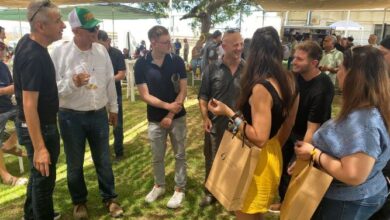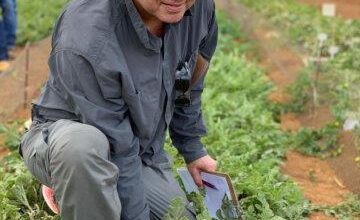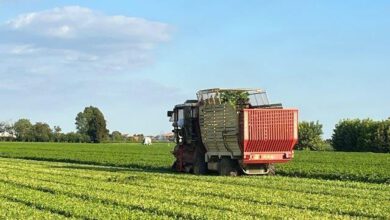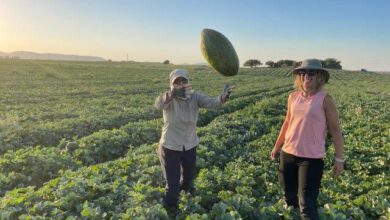Market Friendly Vegetable Size and Colour Diversity
OriGene Seeds is developing varieties per different geographical markets requirements
Ofir Elasar , VP Marketing Sales and Business Development, OriGene seeds

with last year’s events affecting the israeli seed industry – origene seeds has become the largest israeli owned seed company with an annual growth maintained by focussing on the most competitive of vegetable seed markets in north america: the usa and mexico, latin america: brazil, argentina and colombia, as well as prospering in other emerging markets, such as eastern europe, asia and africa.
this rapid growth has been support by fortissimo, a capital venture fund that acquired 50% of the company in 2015.the intensive support from fortissimo provides origene seeds with the capacity to expand development efforts and recruit talented r&d (breeders), in addition to building a new, modern plant and a laboratory. the injection of capital also allows it to explore new market segments with different vegetables.
to support its organic growth and expedite new product development, three months ago origene seeds acquired catom, an israeli seed company specialising in melon and watermelon breeding.
we met origene seeds marketing manager ofir elasar to discuss the company’s portfolio and to learn about its other business ventures.
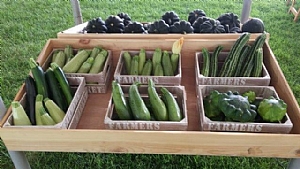 |
 |
cucumbers
origene seeds is developing a full range of varieties to meet the demands of each market’s geographical location. bet alfa cucumbers target the middle east region, whereas europe prefers the long type dutch cucumber. another type, slicer, which is spinous and chubby, is preferred by the us and mexican markets. there is increasing demand by the health conscious, particularly in the west, for a small baby type as a snack vegetable that has also become a popular addition to school children’s lunch boxes.
melons
origene seeds has had a great deal of success with its ananas, galia and honey dew type melons mainly in the european, middle east and us markets. ofir says that the incentive and added value for purchasing catom was to gain a market edge by expanding distribution channels and variety diversity.
origene seeds develops and promotes the unique piel de sapo melon for the spanish market. it is a leader both in spain and brazil, which exports it to europe. in addition, origene seeds is developing the yellow canary, which is also suitable for markets in europe, central america and brazil.
the extended shelf life of harper type melons makes them suitable for the american market. they can be shipped by sea from their brazilian and central american farms to the us and europe, where there is a demand for quality, fresh melons.
‘a melon grown in brazil’, says ofir, ‘takes ten days to reach europe by sea and therefore must have an outstanding shelf life. origene seeds works hard to develop varieties for various growing and marketing locations.
.jpg) |
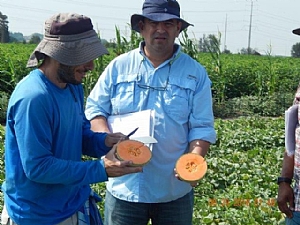 |
squash
origene seeds continues to diversify colour, and to improve disease resistance. it also develops size and shape according to changing market demands: for example the acorn squash, which comes in several sizes and the butternut squash, the company is developing new varieties in response to demand and to the differing european and south american palates.
watermelon
origene seeds is expanding its hybrid watermelon varieties – both seeded and seedless varieties.
ofir says that the move from growing open pollinated to hybrid seeds is evident. however, this requires a substantial investment on the part of the growers, although the risks are minimal. ‘hybrid seeds ensure a safe, high quality, tasty and hardy crop.’ most turkish farmers, for example, now plant hybrid seeds.
according to ofir, consumer preferences in various countries oblige origene seeds to adapt its varieties to its diverse markets. watermelons can come in sizes ranging from 1.5 to 12 kg, and in an assortment of colours, both inside and out.
origene seeds continues to rise to new challenges and will continue to invest a great deal of effort and resources. its commitment to the environment has prompted it to develop varieties that are disease resistant — reducing the need for pesticides, more nutritious — in response to the increasing western european demand for healthy food, and, in response to dwindling water supplies, developing varieties that can thrive under arid conditions.

